Time for a look at this week’s ComicList:
 CMX expands its line of endearing shôjo with the debut of Asuka Izumi’s The Lizard Prince. It’s about the complications that arise when a princess falls in love with a prince who occasionally turns into a lizard, and I really enjoyed the review copy that CMX sent. It’s one of those romantic series that’s more about sustaining a relationship in the face of obstacles than the advent of a romance. Strong-willed Princess Canary and softie Prince Sienna know they love each other; it’s just petty details like her reptile-averse mother, his mysterious background, and his not-entirely-controllable transformations that keep their happiness from being absolute. Part of the charm of the series is that Canary and Sienna really seem to enjoy tackling problems and working through them. Izumi’s art is very attractive, and she’s got a cheerful sense of humor that makes the stories breeze by.
CMX expands its line of endearing shôjo with the debut of Asuka Izumi’s The Lizard Prince. It’s about the complications that arise when a princess falls in love with a prince who occasionally turns into a lizard, and I really enjoyed the review copy that CMX sent. It’s one of those romantic series that’s more about sustaining a relationship in the face of obstacles than the advent of a romance. Strong-willed Princess Canary and softie Prince Sienna know they love each other; it’s just petty details like her reptile-averse mother, his mysterious background, and his not-entirely-controllable transformations that keep their happiness from being absolute. Part of the charm of the series is that Canary and Sienna really seem to enjoy tackling problems and working through them. Izumi’s art is very attractive, and she’s got a cheerful sense of humor that makes the stories breeze by.
 This one’s been in bookstores for over a month, but if you confine your graphic novel purchases to specialty shops, this is the week you can pick up Masayuki Ishikawa’s Moyasimon (Del Rey). Country boys Tadayasu and Kei enroll in agricultural college in the big city, where weirdness awaits. Tadayasu can see and speak to bacteria (or at least hear their chirpy prattle), making him an object of particular interest to the professor and handful of fellow students who know of his ability. Hard science and low comedy combine as Tadayasu and Kei learn about the power of bacteria and their sometimes disastrous impact on the digestive system. The series gets off to a solid if not riotous start, and I’ll certainly stick around to see how it develops. [Update: Johanna Draper Carlson has a theory on why it took so long for this book to reach shelves, along with a review.]
This one’s been in bookstores for over a month, but if you confine your graphic novel purchases to specialty shops, this is the week you can pick up Masayuki Ishikawa’s Moyasimon (Del Rey). Country boys Tadayasu and Kei enroll in agricultural college in the big city, where weirdness awaits. Tadayasu can see and speak to bacteria (or at least hear their chirpy prattle), making him an object of particular interest to the professor and handful of fellow students who know of his ability. Hard science and low comedy combine as Tadayasu and Kei learn about the power of bacteria and their sometimes disastrous impact on the digestive system. The series gets off to a solid if not riotous start, and I’ll certainly stick around to see how it develops. [Update: Johanna Draper Carlson has a theory on why it took so long for this book to reach shelves, along with a review.]
Fanfare/Ponent Mon delivers two titles this week. There’s the second and final volume of Jiro Taniguchi’s A Distant Neighborhood, which I reviewed here. It’s very likable stuff, beautifully drawn by Taniguchi.
 There’s also the English-language debut of Willy Linhout’s Years of the Elephant. It’s about the aftermath of a young man’s suicide and the devastating impact on his family. According to the publisher, “The book was initially intended as self therapy to help Linthout deal with the loss of his son however, the originally modest project unleashed a flood of reactions and therapists now use the book as a recognised aid for coping with grief.” I picked it up at SPX, and I will duly move it to the top of the pile of things to read.
There’s also the English-language debut of Willy Linhout’s Years of the Elephant. It’s about the aftermath of a young man’s suicide and the devastating impact on his family. According to the publisher, “The book was initially intended as self therapy to help Linthout deal with the loss of his son however, the originally modest project unleashed a flood of reactions and therapists now use the book as a recognised aid for coping with grief.” I picked it up at SPX, and I will duly move it to the top of the pile of things to read.
 Tokyopop makes me really happy by continuing its slow-but-appreciated roll-out of new volumes of Ai Morinaga’s Your and My Secret, in this case the fifth, a license originally held by ADV then left to limbo. It’s more mistaken-identity comedy about a horrible girl and a meek boy who switch bodies and alternately recoil at or revel in the consequences. For bonus points, this volume features a school trip to Hokkaido, one of my very favorite settings for manga and a place I hope to visit someday.
Tokyopop makes me really happy by continuing its slow-but-appreciated roll-out of new volumes of Ai Morinaga’s Your and My Secret, in this case the fifth, a license originally held by ADV then left to limbo. It’s more mistaken-identity comedy about a horrible girl and a meek boy who switch bodies and alternately recoil at or revel in the consequences. For bonus points, this volume features a school trip to Hokkaido, one of my very favorite settings for manga and a place I hope to visit someday.
I’m intrigued by This Ugly Yet Beautiful World just based on its title. It’s a manga adaptation by Ashita Morimi of an apparently popular anime by Gainax/Konomini Project. It sounds like your standard “dweebs meet amnesiac space princess” fare, but it’s got a great title. (Seriously, does Japan have an agency that deals with amnesiac space princesses? They could use one.)


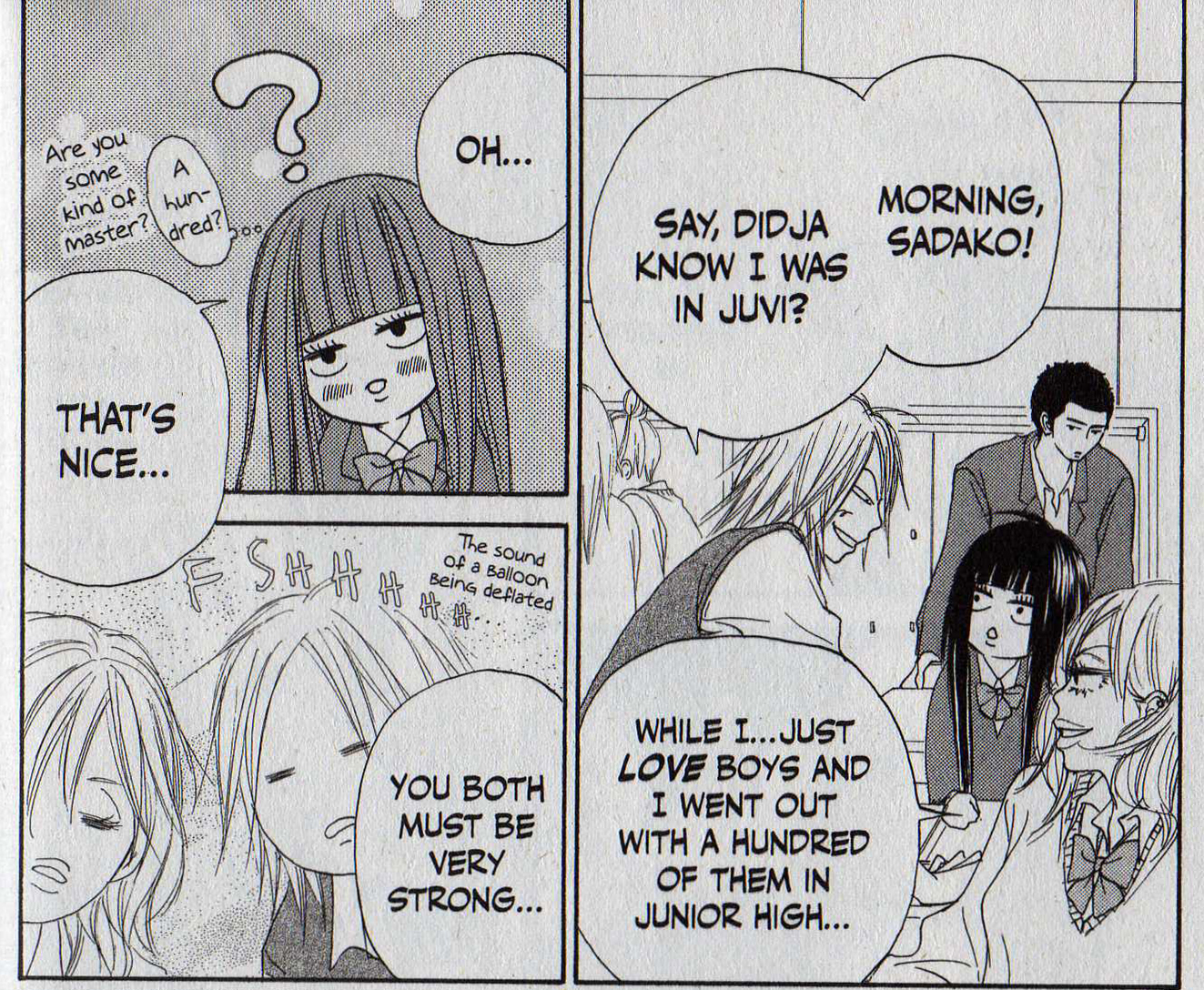


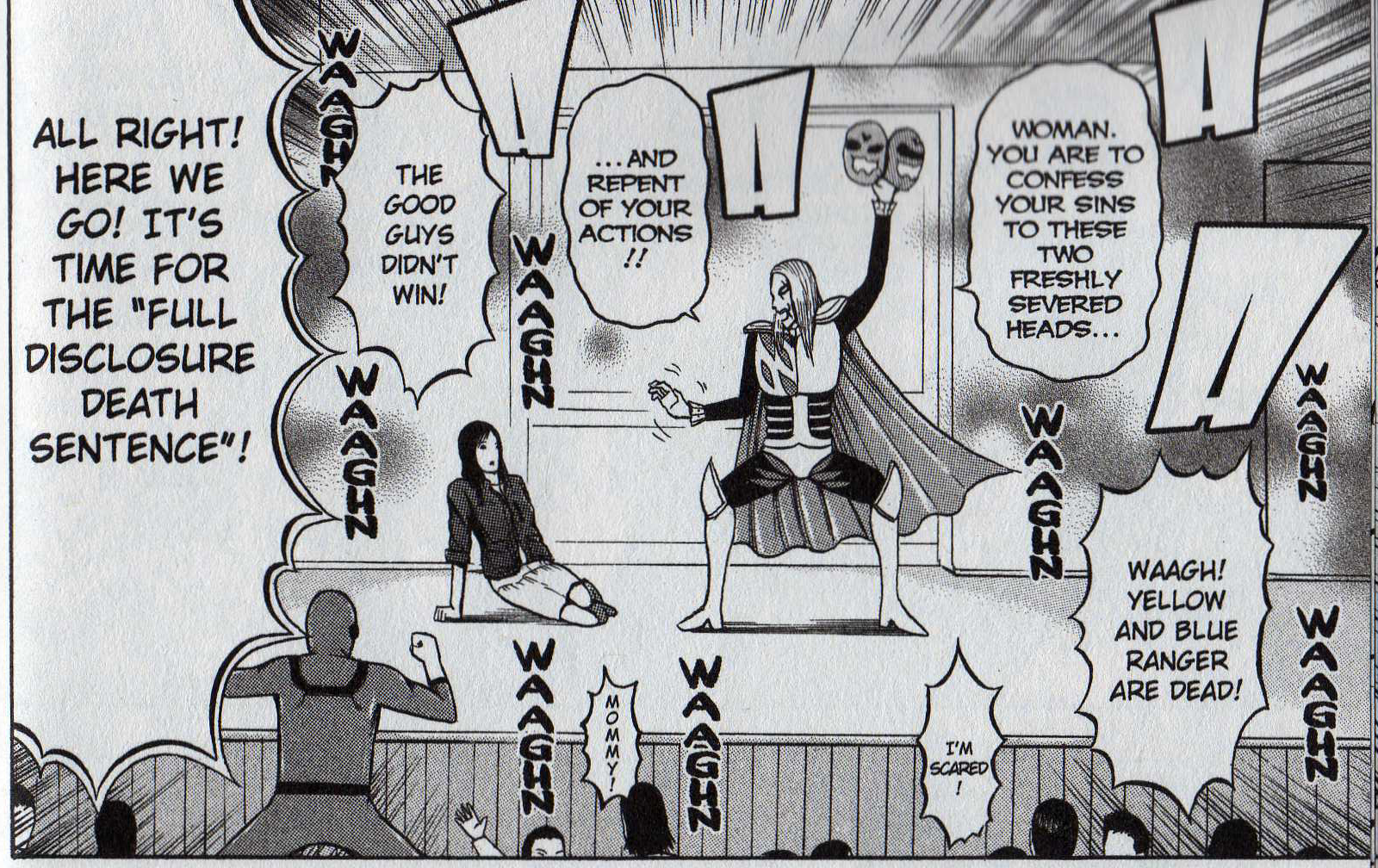




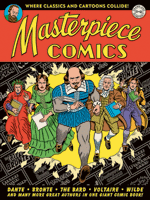 There are two arrivals that can be described as clever ideas executed extremely well. R. Sikoryak’s
There are two arrivals that can be described as clever ideas executed extremely well. R. Sikoryak’s  Viz releases many, many books this week, some of which will very likely show up on the Graphic Book Best Seller List over at The New York Times, but my attention is fixated on the second volume of
Viz releases many, many books this week, some of which will very likely show up on the Graphic Book Best Seller List over at The New York Times, but my attention is fixated on the second volume of 
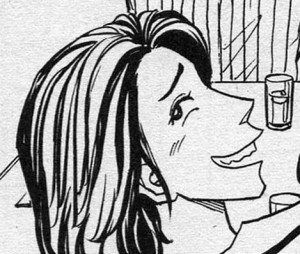
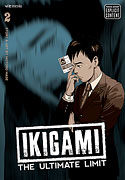 I’m looking forward to reading
I’m looking forward to reading 



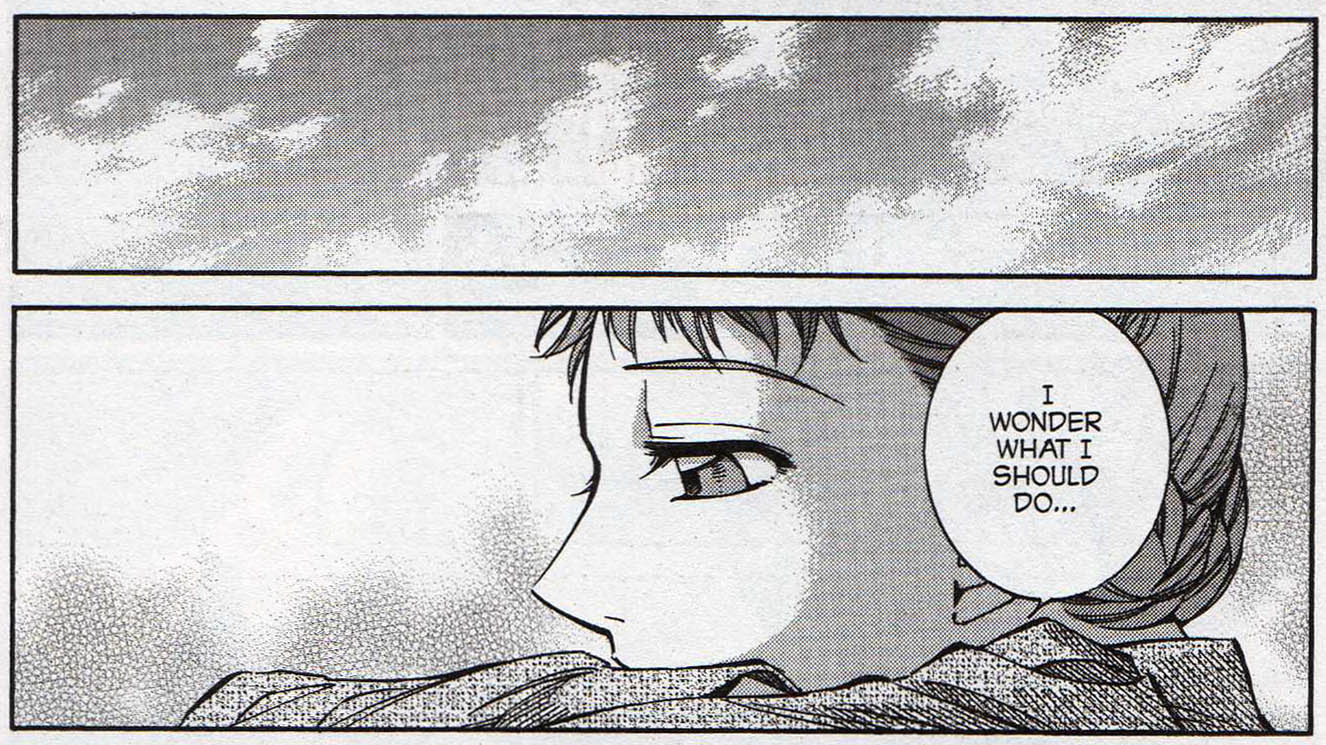
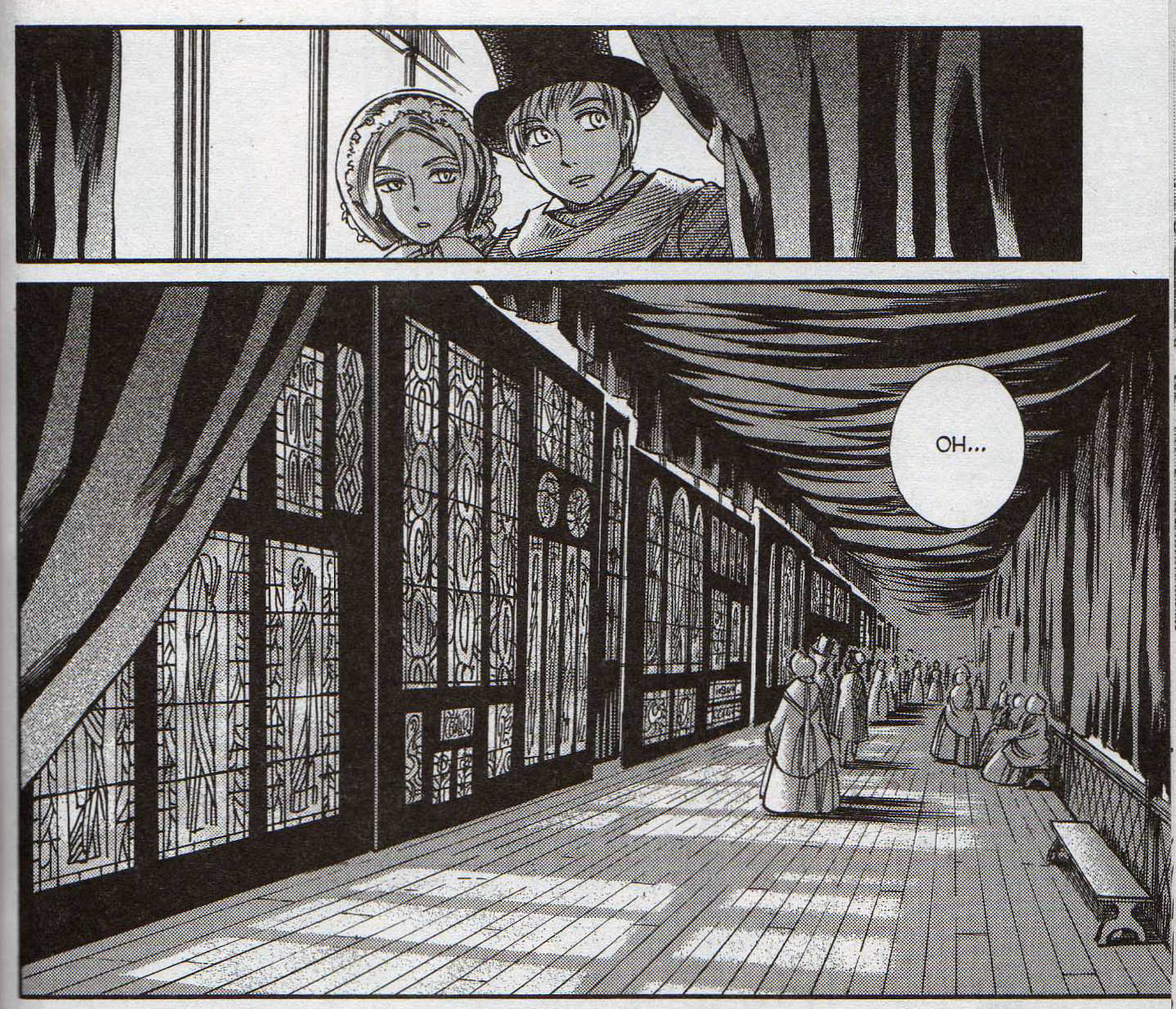
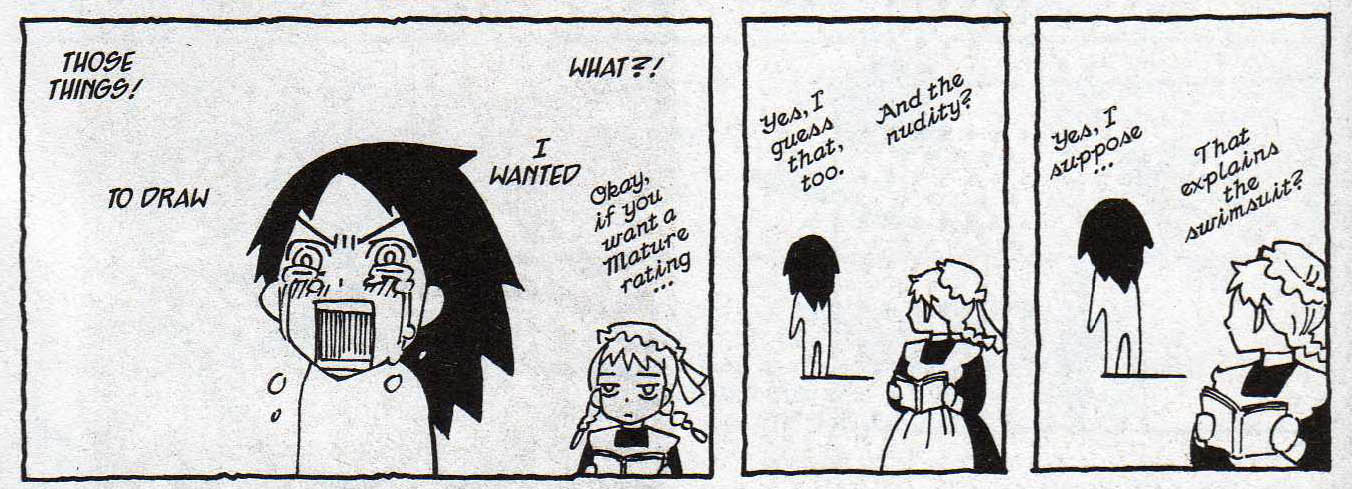

Compare and contrast
Did you like Fuyumi Soryo’s ES: Eternal Sabbath (Del Rey)? I sure did. I was drawn in by its guarded, complex characters, philosophical digressions, astute science fiction, and Soryo’s attractive, versatile work as an illustrator.
In ES, a pair of powerful clones is created in a secret facility to explore human psychic potential. They escape via horrific violence. In Night Head Genesis (which I’ll call NHG from this point forward), a pair of powerfully psychic brothers have been locked away to keep them from inadvertently hurting the people around them. When they reach maximum early-adult hotness, they escape from captivity and try and blend into the crowd.
In ES, the clones have a tense, pseudo-brother/rival relationship. In NHG, the hot brothers are suspiciously close in that way that siblings or male best friends in Higuri manga often are.
In ES, the clones cross paths with a brilliant researcher with some emotional issues that she buries under professional detachment. In NHG, the clones run across a brilliant researcher who is not inclined to bury her emotional issues even a little.
The ES scientist is the heroine of the piece and adapts well to mysterious circumstances or is at least inclined to examine them carefully. The NHG scientist is just kind of a supporting cougar who, extensive scientific training aside, kind of freaks out a lot.
In ES, the clones are tracked by one of the few people to survive their escape who suspects they’ll cause some big disaster. In NHG, the brothers are dogged by a shifty psychic who has a vision that they’ll be either directly or indirectly responsible for some big disaster.
ES was serialized in Kodansha’s Weekly Morning, which publishes a wide variety of great stories in different styles. NHG was published in Kodansha’s defunct Magazine Z, which was apparently very otaku-friendly and trafficked in popular franchises like, one presumes, NHG.
Both ES and NHG are seinen titles done by creators probably better known for their shôjo work. That sort of category crossover is always worth a look. Both creators have done series about the Borgia family. Higuri’s, Cantarella, is ongoing in Akita Shoten’s Princess Gold and being published in English by Go! Comi. Soryo’s, Cesare, is ongoing in Morning and has yet to be licensed. (Someone should rectify that.)
Now, if you asked me which one you should read, I would heartily favor ES, because it’s just plain better on almost every level save for eye candy. But if there’s room in your life for two series like this, and if you have a fondness for Higuri’s brand of sleek shamelessness, then you could do worse than to give NHG a look. I’ve read at least a bit of everything of Higuri’s that has been published in English, and she always adds at least some value to the experience. I can’t say I’m particularly fond of her full-on shônen-ai and yaoi, but when those elements are peripheral, even a tease, they usually make me smile.
(This review is based on a review copy provided by the publisher. And okay, it isn’t even so much a review as a compare-and-contrast of the ways that a very similar story can be repurposed for different demographics. And I might just be writing it to remind you that ES is pretty great. Sue me.)